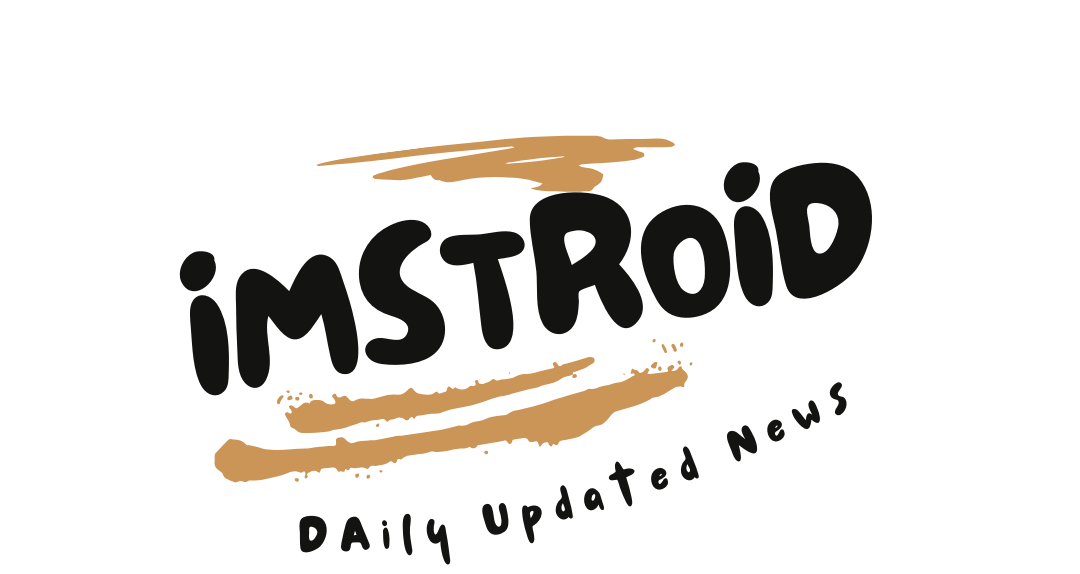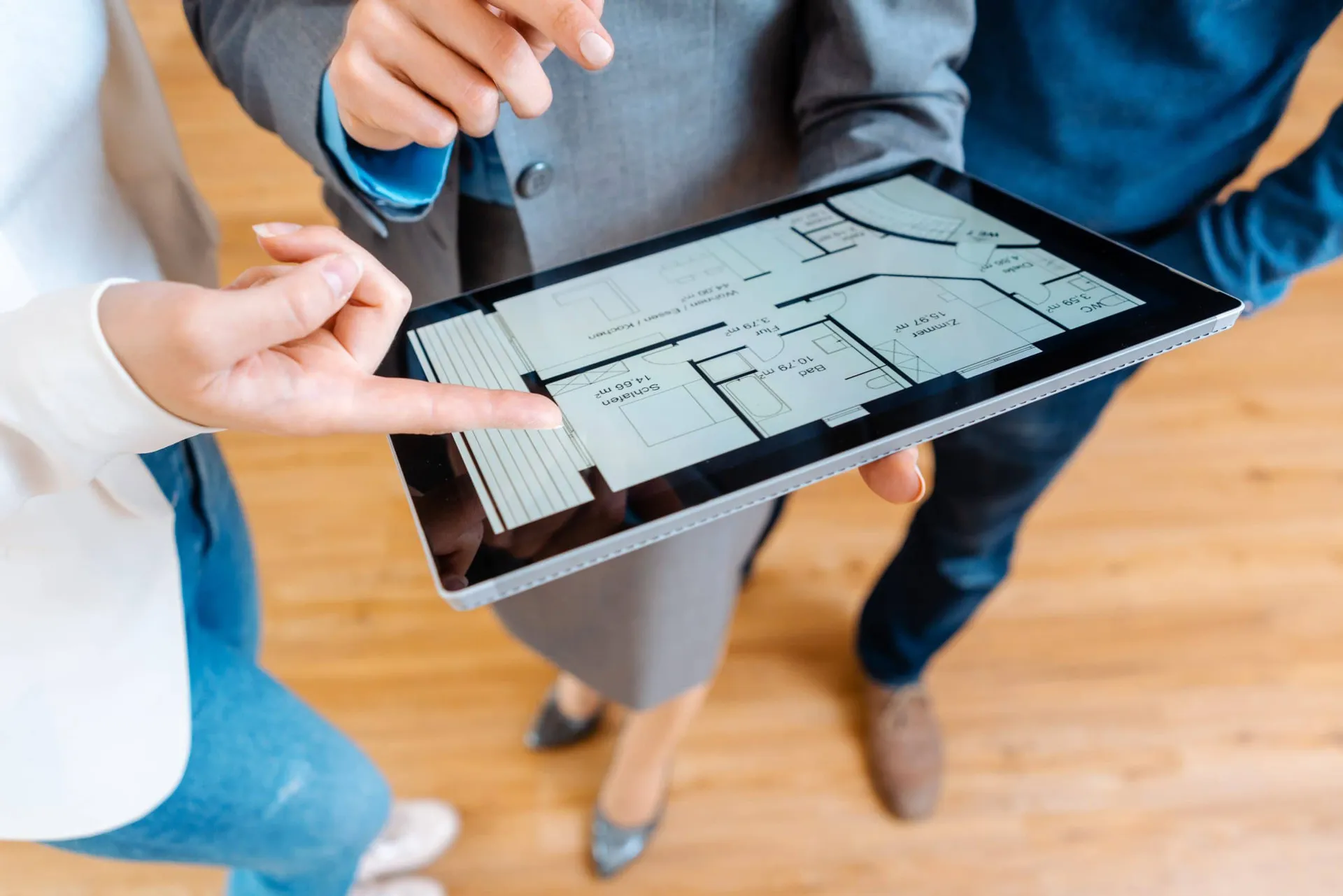Every growing business eventually reaches a point where space becomes a challenge. As teams expand and workflows evolve, how that space is managed starts to affect everything—from employee satisfaction to productivity and profitability. A cluttered or poorly planned office can slow communication, limit creativity, and even make teams feel disconnected. On the other hand, an efficiently designed workspace can do more than just look good—it can help the company scale with purpose.
When businesses treat space as a tool rather than a fixed resource, growth happens naturally. From flexible work zones to shared areas that encourage teamwork, smart space planning supports both efficiency and innovation. It gives employees the room to think, create, and perform their best while aligning the environment with company goals. A well-planned workspace doesn’t just serve people today—it sets the stage for future success.
Observation: A small marketing agency once struggled to fit a growing team into its tiny office. Desks were crammed, and meetings often spilled into hallways. After rearranging the layout, adding shared tables, and using modular furniture, they doubled their usable space without moving. Productivity rose instantly, proving how thoughtful design drives business growth.
The Link Between Space and Growth
The way a business uses its space can have a major impact on how it grows. When an office feels cramped or disorganized, employees often struggle to focus, collaborate, and stay motivated. In contrast, an open, well-structured layout creates energy and flow, helping teams communicate and work more efficiently. Space isn’t just about square footage—it’s about function and movement. Every inch counts when it supports a company’s goals. From startups to large corporations, efficient space planning can save money, boost morale, and improve workflow without expensive expansions or relocations.
Expert statement: A workplace design consultant explained that businesses often underestimate how much layout affects productivity. She said that thoughtful planning—such as balancing quiet zones with shared spaces—can increase collaboration by 30%. She also emphasized that flexible spaces make it easier to adapt as the business evolves.
By viewing the workspace as a living system, not a fixed structure, companies can adjust faster, stay more creative, and scale with confidence.
Common Planning Mistakes
Many growing businesses make the same mistake—they add people and desks without rethinking the overall design. Over time, this creates clutter, noise, and inefficiency. Teams end up wasting energy finding meeting space or bumping into one another while working. A smarter approach starts with evaluating how employees actually use their environment. Pay attention to where collaboration happens naturally and where bottlenecks occur. Create areas for focus, communication, and relaxation. The goal is not to fill every corner but to make every space purposeful. When planning is guided by how people work, not just where they sit, the result is a smoother, more productive atmosphere that grows with the business instead of holding it back.
Smart Office Layout Strategies
Designing an office space that supports business growth means thinking beyond desks and chairs. The layout should encourage creativity, comfort, and connection. Below are common questions from business owners trying to make their workspaces more effective and scalable.
How to create a productive office layout?
Start by observing how your team uses the space. Group departments that work closely together and make sure shared areas are easy to access. Add quiet corners for focused work and open zones for brainstorming. Good lighting and organized storage help improve both focus and morale.
What to do when your office feels too small?
Before relocating, look for ways to optimize. Rearrange furniture, use wall storage, or introduce flexible workstations that can adapt to changing needs. For companies that need extra space, consider clean storage units in Peoria to safely store seasonal items, records, or unused equipment while keeping the main office clutter-free.
How to balance collaboration and privacy?
Provide shared areas for team meetings and private spots for calls or focused work. Balance helps employees choose what fits their task best.
With the right balance of openness and structure, your office can become a space that supports teamwork and fuels long-term growth.
Maximizing Productivity Through Design
Small layout changes can lead to big productivity gains. By organizing space thoughtfully, employees feel more comfortable, creative, and motivated. Here are a few quick ideas that can make a lasting difference.
- Arrange desks near natural light sources
- Keep pathways open for easy movement
- Use plants to reduce stress and boost mood
- Add flexible seating for collaboration
- Keep storage accessible but out of sight
Benefits vs risks: A well-designed workspace improves efficiency, boosts morale, and helps attract top talent. The main risk comes from poor planning—overcrowded layouts or lack of structure can slow productivity. Regular evaluation and adjustment keep the design effective and adaptable.
Real Business Examples
A regional tech company learned firsthand how proper space planning could unlock growth. As their team expanded, they faced mounting issues—crowded desks, limited meeting areas, and inefficient use of storage. Productivity dipped, and employees felt frustrated. Instead of relocating, management decided to redesign their existing layout with help from a workplace strategist. They rearranged departments based on workflow, created shared collaborative spaces, and replaced bulky desks with flexible workstations.
The changes were immediate. Communication between teams improved, employees had more room to move, and energy levels increased noticeably. Within three months, project delivery times shortened, and employee satisfaction scores rose sharply. What seemed like a space problem was really an organization issue. By viewing their office as an evolving system instead of a static place, they transformed daily operations and set themselves up for scalable success.
Key takeaway summary: Efficient space planning isn’t just about making an office look nice—it’s a growth strategy. When every area serves a purpose and supports how people actually work, the business becomes more flexible, productive, and ready for expansion. Investing time in thoughtful design strengthens team collaboration, improves morale, and builds a solid foundation for long-term success without needing extra square footage.
Future-Ready Space Solutions
Smart space planning helps businesses stay ahead of change. As teams grow and technology evolves, the ability to adjust the workspace quickly becomes a major advantage. Every business should see its environment as a tool for success, not just a backdrop for work. Reassessing layouts, updating systems, and maintaining flexibility can keep momentum strong. The smart way to manage your environment is to let your space grow with you—because efficient space planning fuels scalable business growth at every stage.


